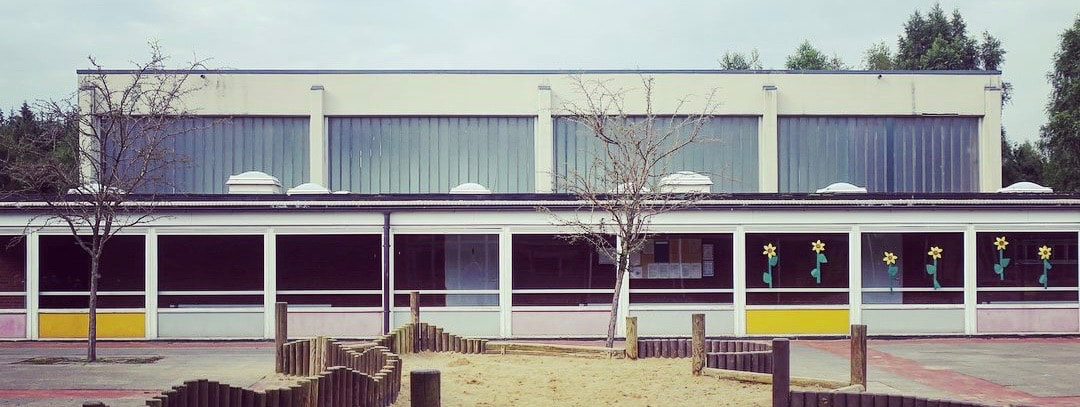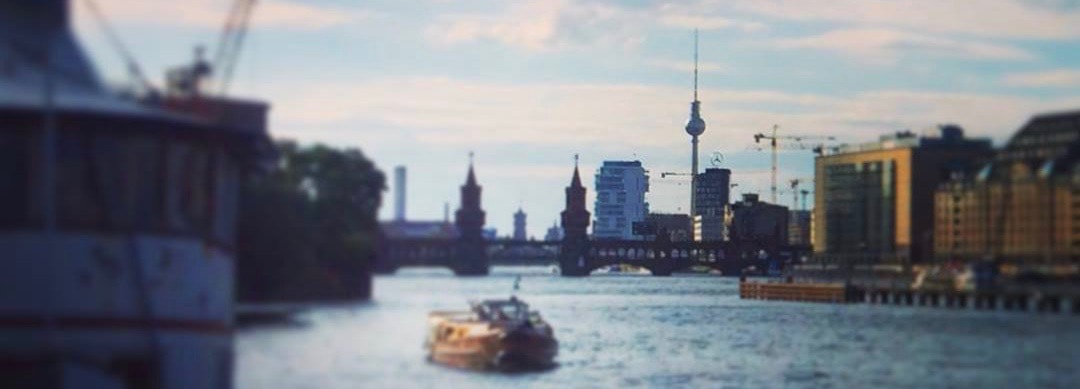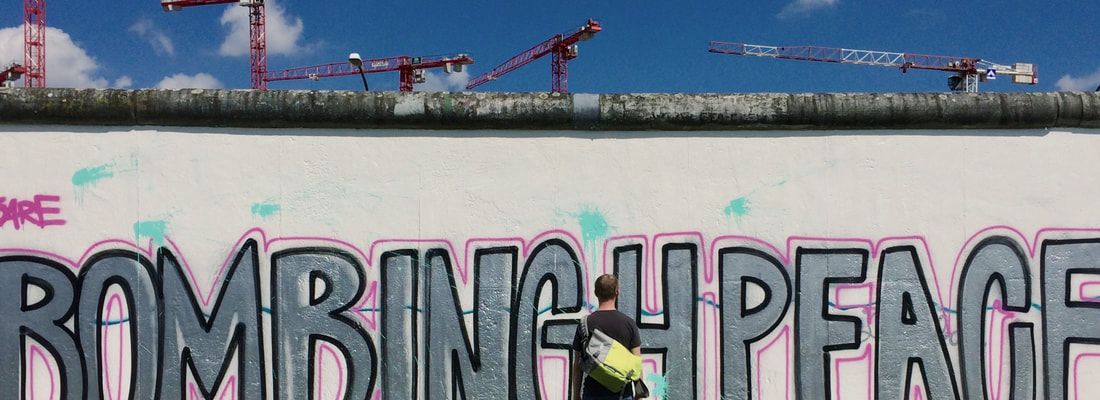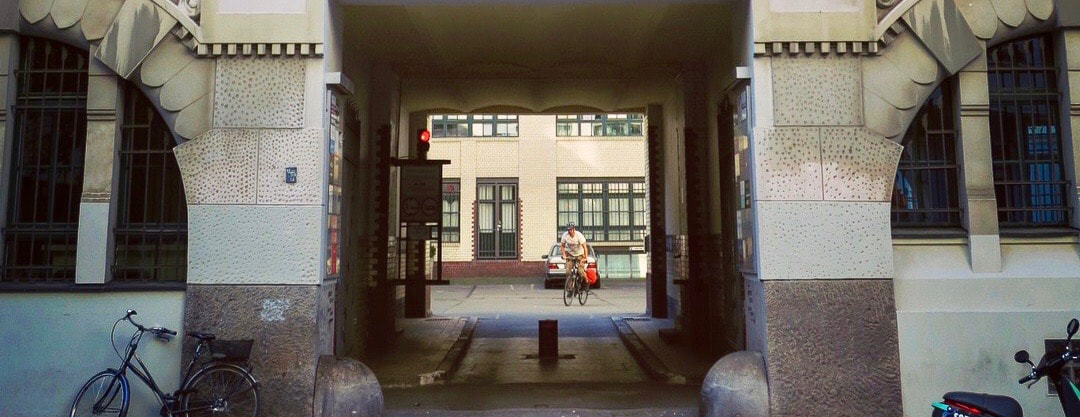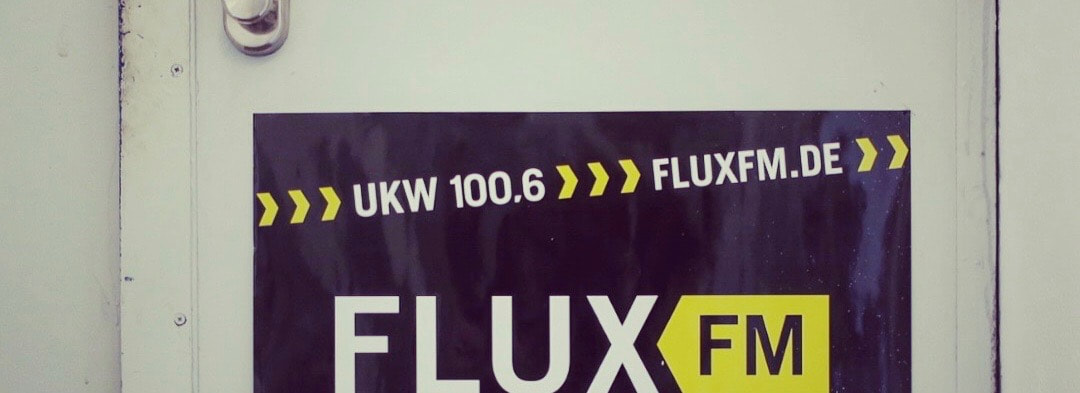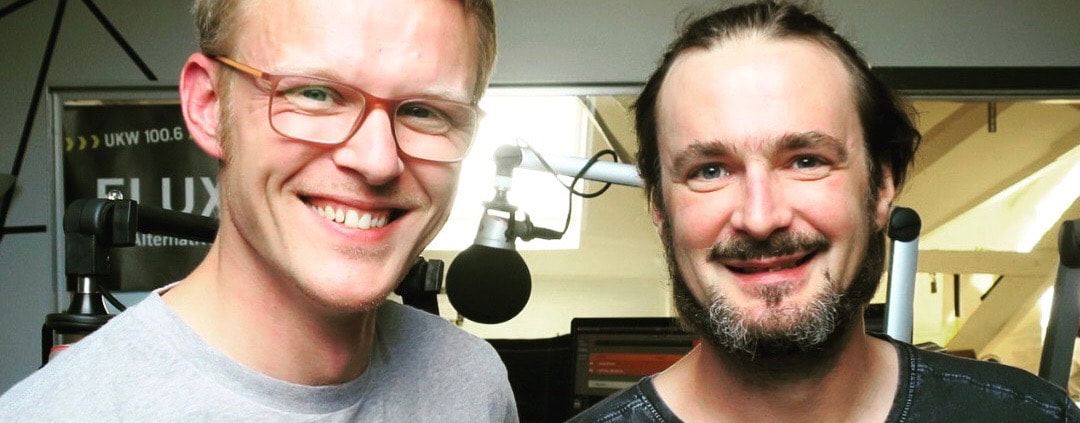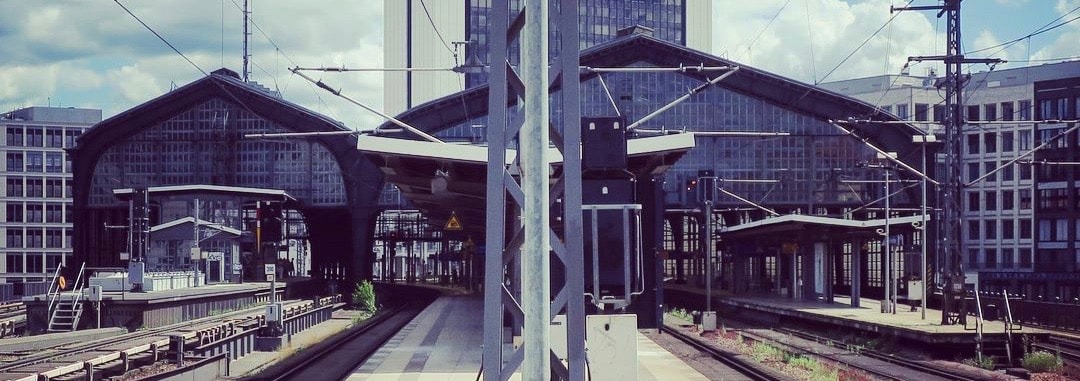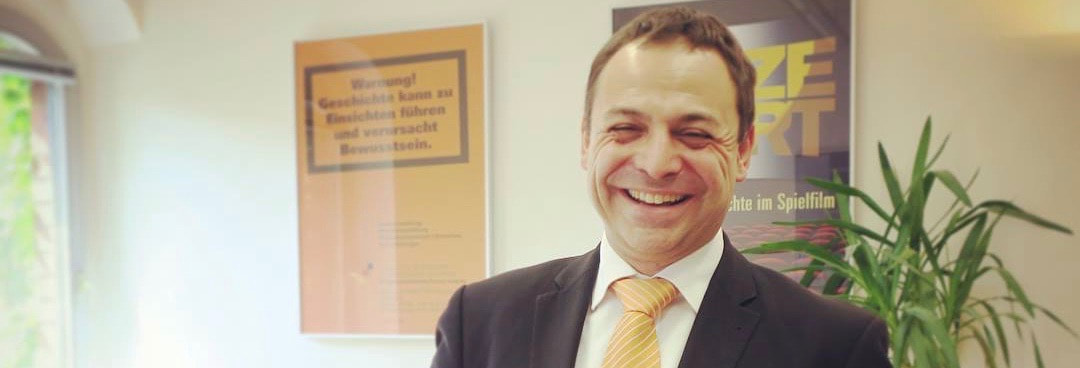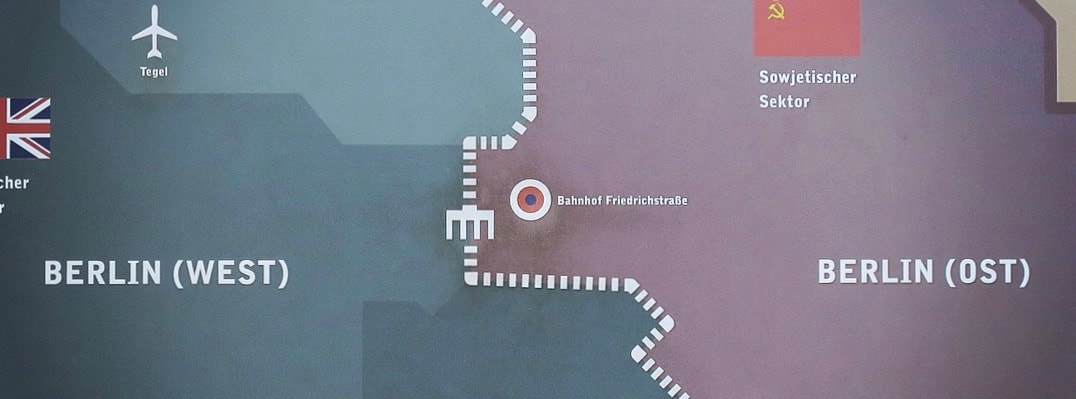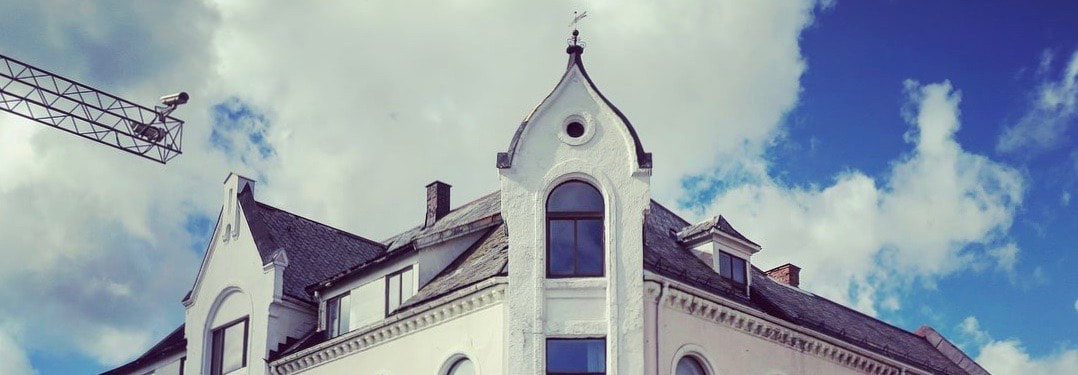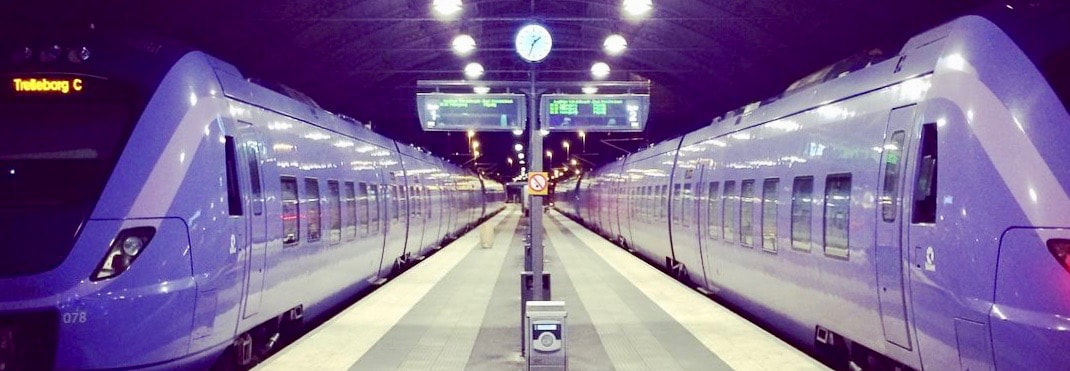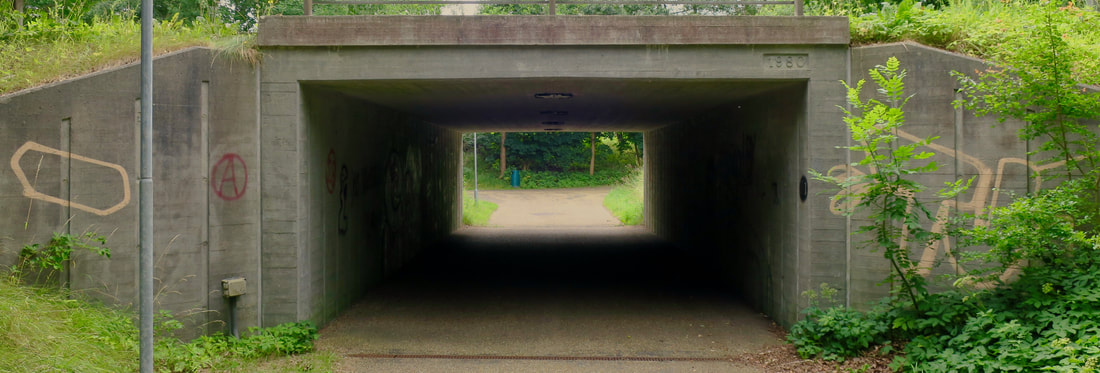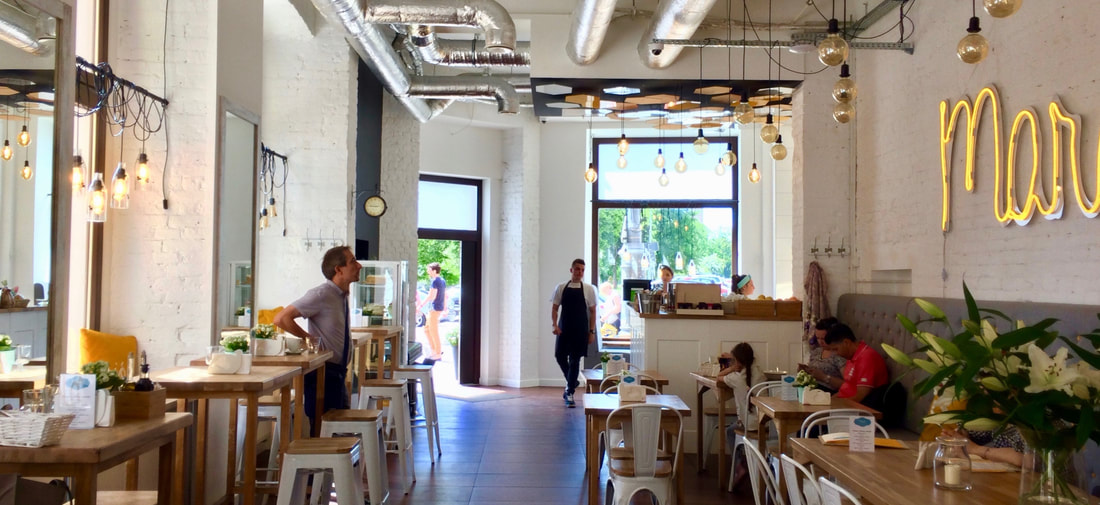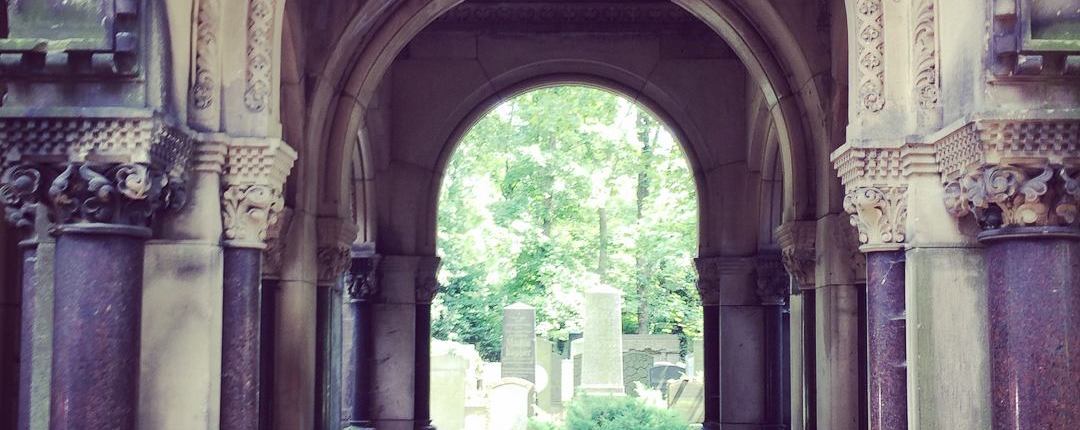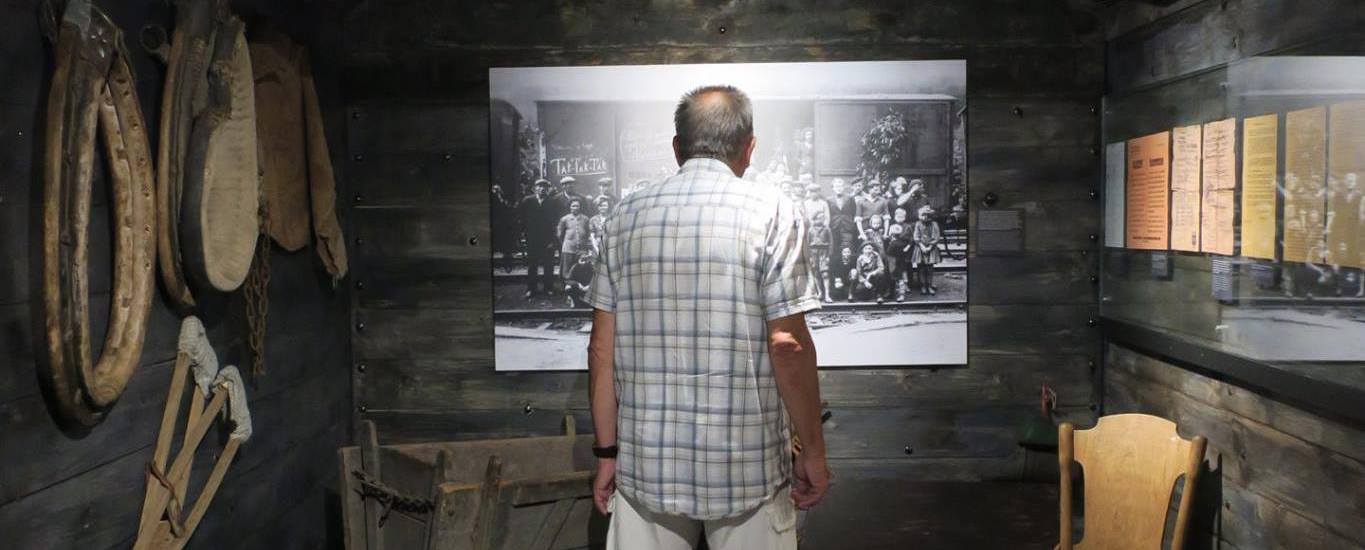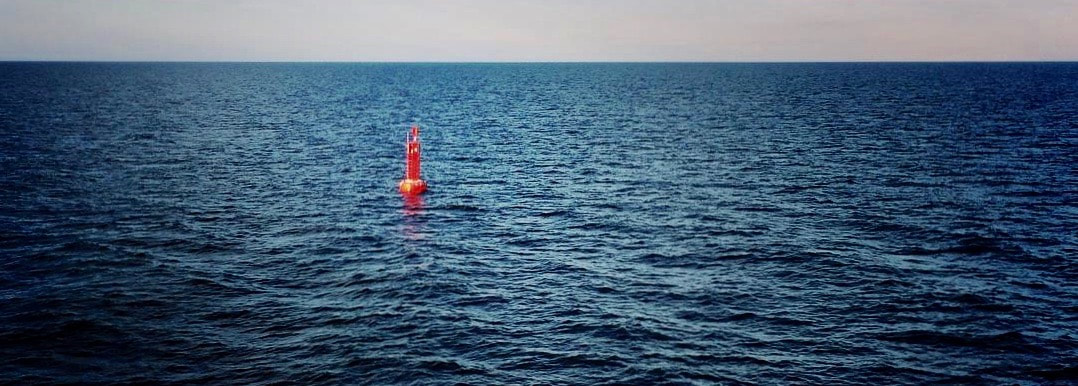The train’s next station announcement just said Bremervörde as I nervously clutched my baggage and tried to breathe into the knots in my stomach. I had a whole list of reasons to be nervous. Coming back for the first time in decades to where I spent many of my first school years was one of them. Being picked up by my former step-father was an even bigger one. I hadn’t seen him in over twenty years and my German was terrible. Communicating would be a struggle.
The train came to a definite stop and I walked out onto the small-town platform. I let the other passengers pass me by so could take my time and delay the inevitable a few moments longer. Despite my best efforts he still spotted me and called my name. A short man with wispy, gray hair, Joachim smiled at me through narrow features. I smiled back and went in for a hug. Just because the reunion had awkwardness built into it by default didn’t mean that I wouldn’t try to do something about it.
We did a short drive around the area and managed to see all three little towns I once lived in within an hour. My long absence had me remembering everything as bigger and farther away. We got dinner at a local pub in true German fashion. Schnitzel, potatoes, and beer. Those portions don’t come small either and before I could say anything, Joachim had ordered more beer. Stuffed to the gills, he dropped me off at Geli’s house in the forest where I would spend the next week.
The old farm house of my grade school teacher stood nestled in the woods and fields caressed by evening mists. I was still in disbelief that I was here at all. This, like some magical cottage straight out of a fairytale with its thatched roof and big wooden beams, just made it all more surreal than I could have imagined. Several months ago I had written to the school in hopes of getting in touch with Geli. I’ve never had contact with her since leaving Germany and did not expect to be simply given her information outright. My formally worded email, drafted with the help of a German friend, did eventually reach her and she replied enthusiastically. What I did not expect was her offering to put me up. As we pulled up to her door and I caught sight of Geli it was like we were old friends, hugs and all.
In the days that followed, I biked down the old, familiar streets running through Gnarrenburg. I snuck through the isles of the old toy store across the street from where we used to live. Our dairy plant was now gone. I say our because the government placed us there along with two other single mothers from Poland. They tore down the Molkerei, it’s German name, years ago to make way for a bank. Few photos remain of the building but it just so happens that an article went out in the paper about its history just a few days prior to my arrival.
I went down to the public pool and took in the farm country air. Musty with the scent of cows and feed, hay and fertilizer. I didn’t mind it at all. It filled me with a familiar and comforting nostalgia. My next, and most important stop, was the school at Brillit. This is where I entered first grade and spent nearly three years. I went after hours so I could just enjoy taking it all in. The single story buildings amid countryside greenery were a welcome sight. I walked through the courtyard and peered slowly around corners, half expecting to step through time and right back into 1988. Instead, I discovered something I had forgotten. I used to love this place. Even with the hardships of adjusting to a new culture I grew to feel safe in Geli’s classroom.
She created an environment where the bullying was kept to a minimum and encouraged me, though I can’t exactly remember it. What I do remember was that I had a few good years at Brillit, where I felt happy to learn, play, and even made some friends. Those friends were lost to me now, with time and distance doing their part and I never could find them online since.
That was all about to change. Geli and I were on a mission and several phone calls later we showed up at the school secretary’s office. In the bottom of a cabinet lay forgotten ledgers from when student records were written in by hand. We paged through them, boys and girl were in separate books, until we found my school year. There, on a page that hasn’t been turned in ages, stood my name. What’s more, the names of my classmates were right there with it. No class photos were on file, we were told, but the next day a fellow teacher emailed us a photo he took himself back in 1989. Geli she should have been a private investigator.
Finally I had last names and a couple of phone numbers. I sent a few messages and found some folks on social media. Before I knew it, one of them had connected me to every other person from my class and we were all exchanging exclamations of surprise in a group chat. It was time, I proposed, for a reunion.
We planned and navigated people’s schedules with about as much success as could be expected. Meanwhile, I continued to write furiously in my journal. Impressions and thoughts were coming in so fast I could barely keep up with writing down each day’s events and the multitude of feelings. Memories were coming back and it was a lot to process. I slept restlessly with convoluted dreams that I couldn’t remember. I can never remember my dreams. They fade away like snow falling into the palm of my hand. My brain was working overtime to process everything and it took most of that week before I felt some semblance of calmness return.
Geli kept me comfortably fed and made every meal a beautiful experience that I will never forget. We shared an assortment of breakfast items in the morning, coffee and cake in the afternoons, and lovely home cooked dinners prepared with care and affection. Like a fairy-godmother I never knew I had, she was the perfect host. As my long lost friend, that I’m now joyfully connected to again, she listened and shared many wonderful conversations with me. It was with tremendous gratitude that I could finally tell her how much her kindness meant to me then, and now. Even if our week together was coming to a close, I would see her again several times before saying goodbye and moving on.
So I packed my things once more, albeit minimally. Geli drove me to Joachim’s house where I would continue searching for the past in the next town over. And return to afternoon coffee in the company of my journal.





